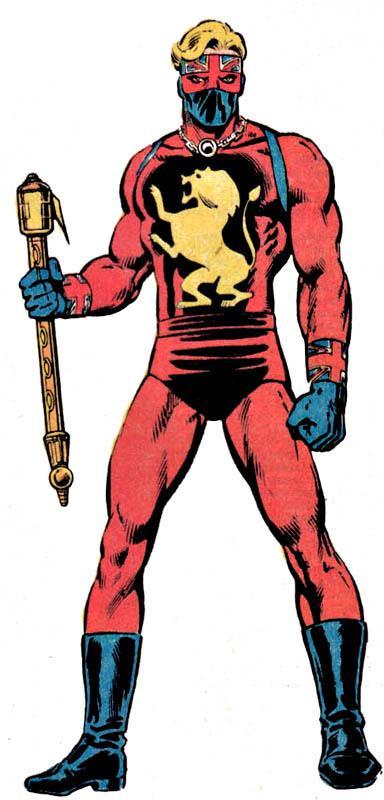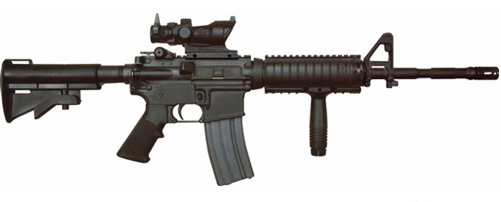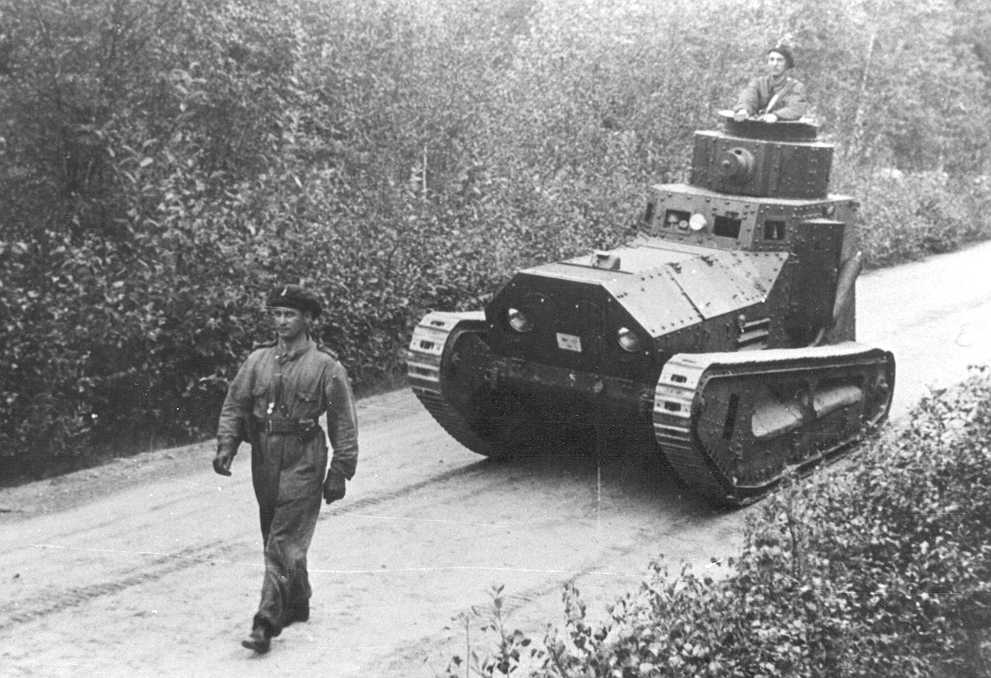I couldn't find it in the 100 pages of the thread, perhaps for lack of looking. What is everyone's cannon/TL's made in HOI?
(Mine was a Great War/Kaiserreich mix)
The POD is different where the French in WWI keep a much less flexible defense, as well as a more wary leadership results with the Germans winning the race to the sea. Here, the Germans switched in 1915 to focusing on Russia, resulting in Tannenburg and the same situation. The harvest is worse ITTL than OTL, and Russia was facing open rebellion in Ukraine and the Baltics. The Germans were essentially free to pick and choose when to fight the Russian Army, resulting in the Russian Civil War early. The Romanov's abdicate and flee to Great Britain following the "Night of St. Petersburg", when a mass mob stormed the palace, killing all the guards except for 2 that helped the royals escape. The Provisional Military Government signed the Treaty of Brest-Litovsk in January 1916. Following a bloody suppression of revolts by the Russian Military Government, the war in the east ended with Ukraine, the Baltic Duchy, Poland and White Ruthenia all under puppet control by the Germans. Austria-Hungary was much more cautious, and was able to defeat Serbia much more efficiently heeding the direction of the German Gov't.
After 3 failed offensives into Alsace-Lorraine, the Germans launched a spring counter offensive. the Germans and French fought the bloodiest battle of the war in Paris, resulting in nearly 2 million in total dead, but Paris was taken. The French Government, as well as an exhausted BEF signed a Armistice, this led to a "Peace with Honor" in the 2nd Treaty of Frankfurt. This brings us to the Kaiserreich canon, only with a living Romanov family.
The French begin to Re-arm in 1935, as well as the British, who begin sponsoring syndicalist terrorists in Ireland, Belgium and the Netherlands. This leads to events such as the French demanding of Savoy from the Italian Republic in 1936, as well as the Flanders-Wallonian Revolution of 1936. This alarmed Germany, who due to a broken economy, was slowly rebuilding their military. When France demanded that Switzerland hold a plebiscite that syndicalists be allowed within the government, Germany guaranteed their independence from foreign influence. This left an unsteady peace in Europe. Finally, in 1937, France, as well as the Communes of the Low Lands (Belgium/Holland together) and the Socialist Republic of Italy (The Internationale) invaded Mittel Europa, demanding the revolution be spread into all of Europe. The Union of Britain declined entry into the war, following a referendum called by Mosley. The war began as a success, Italy fell within 3 months thanks to the incompetence of their military command. Germany was ill-prepared for the combined mass assault doctrine as well as heavy concentrated air support. Due to the out-dated defense strategy that was from the Weltkreig, the Internationale pushed to the Rhine and Oldenburg by the winter of 1937. However, a failed Spring offensive in 1938, as well as the destruction of 2 French Armies in the Offensive du Rhin. This was the attempted seizing of Bonn and Cologne, which the French repeatedly sent in armored assaults against heavily fortified German defenses. The Kaiser then appointed a new Field Commander of the Reichswehr, who turned the army from a static defense focus into a combined arms offensive. The Reichsmarine began a massive assault culminating in the blockade of most northern French ports. The Counter attack was launched in Summer 1938, which was able to push the french out of Germany, as well as surround both Brussels and Amsterdam. Mittel Europa's allies (Poland, Baltics and Ukraine) were able to launch a successful, albeit costly offensive into Italy, surrounding Rome by December. Operation Baldon was launched in winter of 1938, which saw one of the largest tank assaults of the war rivaled only by the Eastern front later. The French were routed in the Battle of Thionville, which saw the Germans once more surround the defenses of Maginot and reach the Channel by Spring. The Social Republic of Italy fell in 2 months following Rome's loss. Following continued German advances, culminating with the encirclement of 3 French armies in Paris, Reims and Epernay, the French sued for peace. The Treaty of Reims was signed in 1940, which indebted France 3 times the total war damage for Germany, as well as bringing the Low Lands, re-unified Italian Republic and the Swiss into Mittel Europa.
During this time, both Russia and the United States were on the fritz.
The American Civil War was low intensity for the most part, with the major battles being Denver, Sacramento, Baltimore and Atlanta. While New England broke off and asked for Canadian protection, the Combined Syndicalists won the civil war, installing a Federalist style of government and economy. Pacific States of America lasted all of 1 year before the Syndicalists invaded and overwhelmed them 3-1. Following this, the Syndicalists combined from Mexico and the former US prepared for 6 months then declared war on Canada. New England collapsed within 2 weeks, allowing for a rather large armored offensive to capture Ottowa following a siege that lasted a week. The Combined Syndicalists of America, The Mexican United Communes and the Union of Central America formed the International Union of the New World. Following the reorganization of the CSA Military in 1940, they invaded Canada and the Caribbean Entente allies, resulting in the entirety of North America and the Caribbean to fall under the IUNW faction.
Russia was the worst of them all. Following Black Sunday, Russia experienced nearly 50% unemployment, mass corruption, organized crime and a cholera epidemic from 1933-36. Wrangel won the Moscow mayoral elections in 1934, and quickly reformed the police with his own loyal yes men. He first gave the Order 29 of 1935, which declared all non-Slavic people to be banned from the city. The national government did nothing, due to the mass support from the Orthodox Church that Wrangel had favor with. His industrial reform, prison reform and agriculture subsidies gained him mass support throughout eastern Russia. When asked about Siberia, he said it is Native land and they are welcome citizens of Russia so long as they stay east. In early 1936, the "Black Legion", Wrangel's armed political strongmen, began to spread rumors of mass corruption among the democratic government. Following a mass stand off in May with the Army and the Black Legion, the Army supported his claims. Following Kerensky's assassination by a former Syndicalist revolutionary, Wrangel ordered his Black Legion to storm the Duma. He seized power once the Army backed his call for martial law over Russia, during this time he abolished the Duma, claiming they had led to the problems that Russia faced. After a brief power struggle, Wrangel began to expand Russia's borders while the Weltkreig raged. Before 1940, Russia was able to annex, peacefully or other wise, Transamur, all of central Asia and the Caucasus region. Wrangel began with his Central Homeland Committee to expel a large percentage of the inhabitants, however he held his plans until his conquest was done.
During the lull, Kaiser Wilhelm II passed away, allowing for Kaiser Wilhelm III to take the throne.
The Old World went quiet until 1941 when Russia demanded referendum in Ukraine, Baltic Duchy and White Ruthenia to return to the redeclared Russian Empire. Germany responded with the equivalent of "Nuts!" IOTL. Following a massive buildup, Russia declared war and invaded in March 1941. They were able to overrun Ruthenia and Estonia/Latvia quickly, and were pushing to cut the German Army Group Nord in Lithuania off from their head in Königsberg. For the occupation force, this began what was known as the "Reclamation". Wrangel ordered all non-Slavs be deported to Siberia or expelled into the surrounding countries. By January 1942, they overran East Prussia by sheer numbers, however, the shortened front line made their lives hell. The momentum finally shifted in the German counter-offensive that summer (dubbed Operation: Litovsk), which, till this day, is considered the deadliest offensive in history. The Russians had outran their logistic lines, and as a result, their Army Groups in Poland and Slovakia were cut off by large armored pincers. Warsaw became known as "City of the Dead" following the failed evacuation and ensuing battle. Over 400,000 from Mittel Europa, 750,000 Russians, and 500,000 Polish citizens were killed or wounded following the immense bombing, artillery and liberation of the city. The German Counter Offensive lost the initiative following the reestablishment of post-war borders in July 1943. However, once Germany reconsolidated their lines, they introduced the ME-262 to the Reichsluft (ITTL Luftwaffe), which made lives of Russian pilots hell. From March till September marked the restarting of the offensive, which brought Germany to the gates of Moscow and St. Petersburg. The Russians had suffered massive casualties in this time thanks to a crumbling Wrangel who ordered a fanatical defense of Russian territory. Wilhelm III offered Wrangel peace, in exchange for Murmansk and Karellia to Finland, reparations to Germany and those displaced by the war, as well as holding independence referendums in all conquered territory. Not knowing what was to come, Wrangel refused. On December 3rd, 1944, the Kaiser ordered Vorenzh to be the test of the Reichs new Nuclear Bomb. The casualties reached 190,000 dead on explosion, and another 400,000 to deal with burns and radiation sickness's. On December 24th, 1944, the Reichswehr raised the German flag over the former Russian Duma. The following day, Wrangel was assassinated by his military leaders, who launched a coup and offered unconditional surrender to Mittel Europa. Japan seized Vladovistok and Transamur during the last 3 months of the war, but at the cost of almost 300,000 soldiers due to Russian defenders and the doctrine of trench warfare.
Germany set up a puppet government with the Romanov dynasty back in place in Russia, however Siberia and Transamur were given independence. The casualties were immense, with 840,000 German soldiers, 140,000 German citizens, 1,900,000 Polish soldiers and citizens, 10,500,070 Russian Soldiers, 2,000,000 Russian citizens, and 4,900,340 people from other countries involved.











